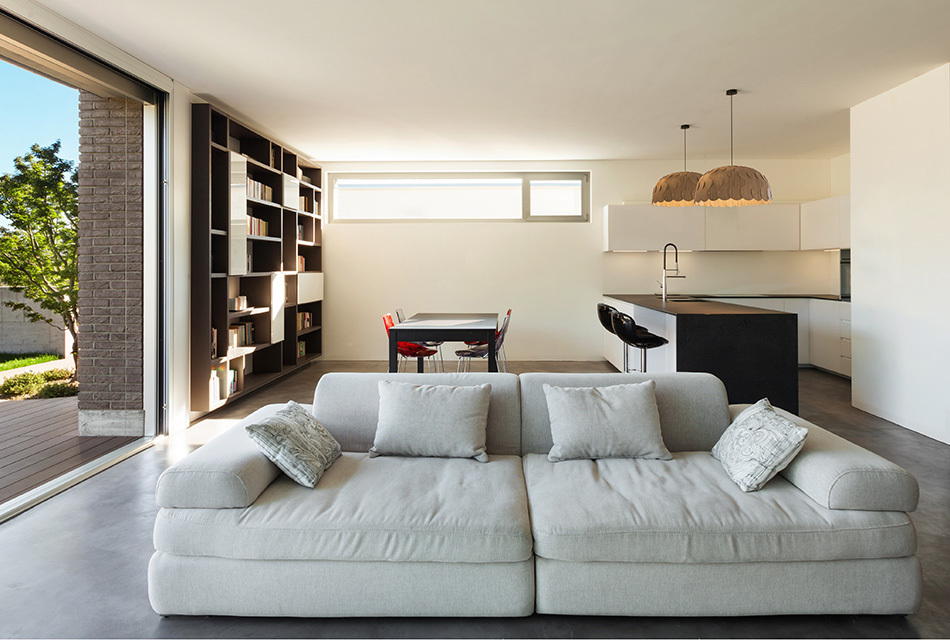The Nautilus Light - grouped for effect in a well-lit kitchen
NautilusHome Lighting
Getting the lighting right in your home can make a big difference to how you live and feel in the space. Designers use basic rules and understanding around types of lighting, which we will now share with you.
Light as Art
As a homeowner you want to make your spaces look and feel the best you can with the resources you have to hand. Although beautiful furniture, expensive kitchens and luxurious carpets are what many of us aspire to, a far more cost-effective and simple way to give your home that luxe and homely feel, is through lighting. It’s the designer’s secret tool, but by following a few simple rules, it can be yours too.
---
It’s first worth understanding the different types of lighting and ensure you combine or layer them to fully realise the potential of your space. Importantly, you should not try to light the whole room, but instead implement several light sources around the room, diffusing it where possible.
Lighting Types
Task lighting is for areas where you need to work such as kitchen surfaces, worktables or for reading. It’s generally directional and brighter across a more focused area than either mood or feature lighting.
Mood lighting sets the scene in your space. Make it flexible by including individual switches and dimmers. This lighting can define spaces, such as in open plan living where you want to differentiate between a kitchen area and a dining area for example.
Feature lighting is closely related to both mood and task lighting, but is all about the light itself, more than how it’s used. Choose fittings that add character or drama or artistic interest to your space. It can also be used to highlight the room’s other features such as nooks or niches that might otherwise attract shadow. Consider biophilic designs that bring nature’s forms, patterns, materials and colours into your home and create soothing touches. Biophilic design has been proven to help with wellness, creativity and will add a calming note.
Size of Light Fitting
It’s not always easy to envision what a particular light fitting will look like in your space – and whether it will appear too big, too small or will be in proportion.
A handy rule of thumb to figure out what size fitting will suit your space is to measure the width and length of the room, add those two measurements together and then convert to inches. That resulting measurement will indicate the ideal width of the fixture that will work -give or take.
So, if your room measures 25 ft x 15 ft = 40 ft = a light fixture 40 inches wide will look good.
(Annoyingly this doesn’t quite work using metric measurements. The above example converts as 7.62m x 4.572m = 12.192m. If you divide that by 10 = 1.2m (47 inches). So not far off.)
If you have a light fitting you love, but by using the formula above, it’s likely to be out of proportion, (too small) the other option is to simply hang two or three in a cluster to give the illusion of size. Hanging them at different heights also provides even more interest and makes for an artistic installation in its own right. Our Nautilus or Punga lights are perfect for this treatment.
Nautilus LightsPositioning
If you’re positioning your light fitting above a surface, dining table or kitchen island for example, ensure the bottom of the fitting sits above eye height, whether that’s sitting or standing. Never impede line of sight for even your tallest guests at the dining table. This rule can be waived for kitchen tops, where sometimes below-eye-height works well and can add to the mood of the room. It’s a personal choice.
For pendant lights, ensure they hang at least 2m above floor level, so that tall people don’t crack their heads on them. Again, this rule can be cheerfully ignored in the corner of a room, behind a comfy chair for example.
But overall, think about the areas or zones of your room, what activities will take place in each and consider each zone as its own mini room. So many of us live in open plan spaces these days that cooking, eating, watching TV or relaxing reading or socialising can all happen in the same space.
If your wired fittings are situated in the wrong place in the room, don’t be afraid of using hooks to hang lights where you want them and looping the cable across the ceiling. It’s a technique that has been used in Scandianvia for decades, and they know a thing or two about design, so consider the option. Use of a coloured cable or taking more than one cable from a fitting can add drama.
How Much Light?
If you want to know how much light your room needs, there’s a formula for that too.
Calculate your room’s size in square metres and multiply it by 19 for LED bulbs and by 15 for halogen bulbs.
So, if your room measures 3.5m x 4m it has an area of 14 square metres. If you are using LED bulbs, multiply this by 19 (14x19) giving a total of 266 watts, or a light level of 2660 lumens.
Lumens directly measures the light output of a bulb, not just the energy (watts). As a rule of thumb multiple your area by 190. In this case, an output of 2660 lumens. Check the lumen level of each bulb in your room, add them together and there you have it. But – you guessed it – feel free to ignore this rule if you have a specific mood in mind for your space. It’s only a rough guide, but a good place to start from.
The use of dimmers adds a layer of flexibility to your lighting and smart bulbs allow you to ‘paint’ your room with layers of colour. Another biophilic design aspect, linked to environmental cycles of light and darkness, colour can have both psychological and physiological effects on people. Colour temperature, measured in Kelvin, can also affect mood and should be considered: cool whites for task and warm whites for mood for example.
How Our Lighting Range Will Work in Your Home
Our New Zealand designed and manufactured range of lights will fit nicely in the feature and mood lighting categories and with their strong biophilic credentials will bring aspects of the natural world into your home.
Hush Lights
Designed in association with renowned Kiwi designer David Trubridge, Hush was originally designated as an office fitting. Its acoustic properties have been rigorously tested and certified and its fractal form delivers on the biophilic aspect. But, the micro and mini sizes – and even the round model, at 1400mm – have found their ways into residential settings. Perfect as a soft downlight over a dining table or in the kitchen and its acoustic properties can help dampen echoes in larger spaces or where there are lots of hard surfaces.
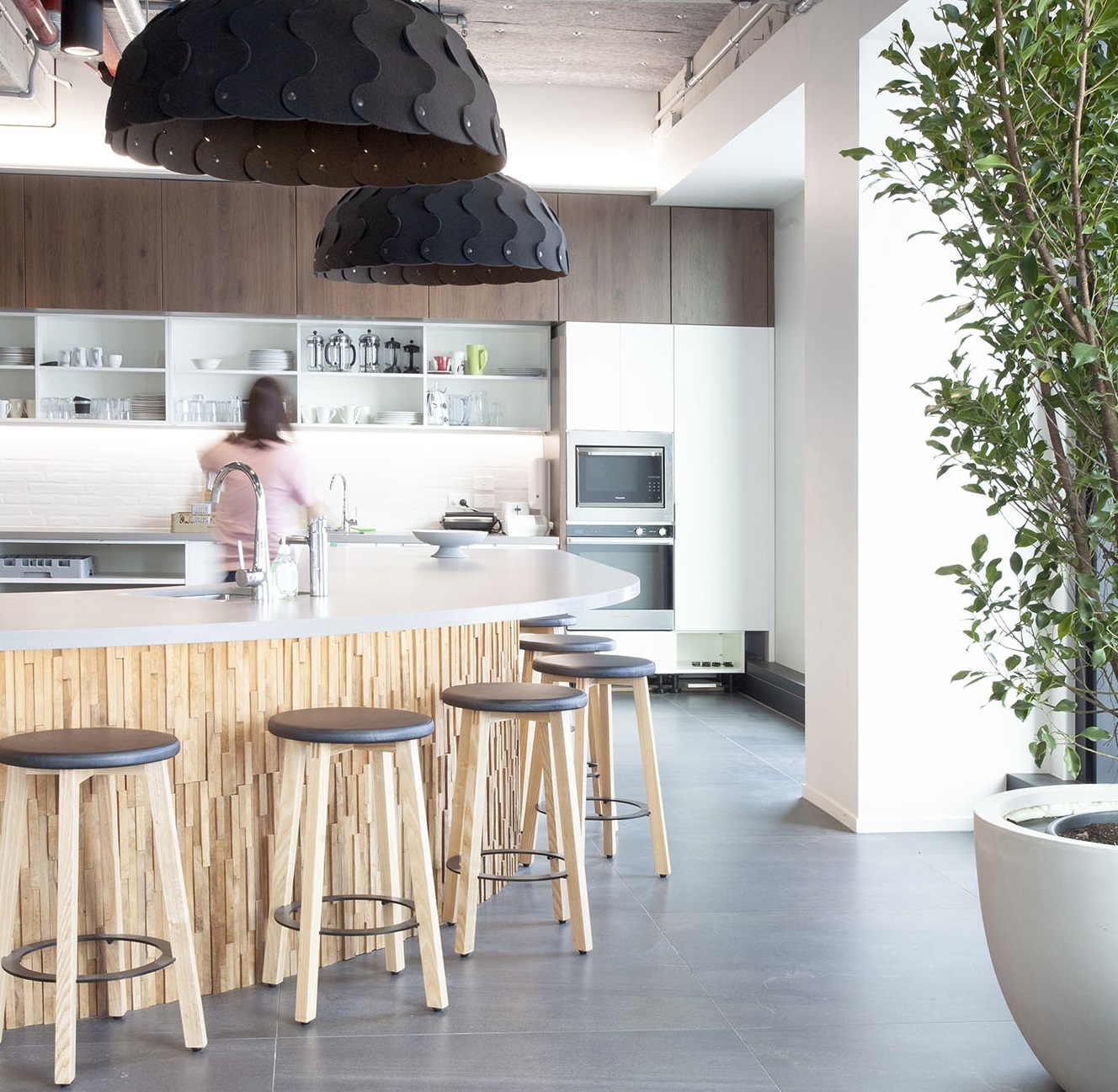
The Nautilus
Firmly a feature light fitting. Its unabashed biophilic form filters patterned light into your space and although it looks great as a standalone, when hung in pairs or threes it really makes a statement.
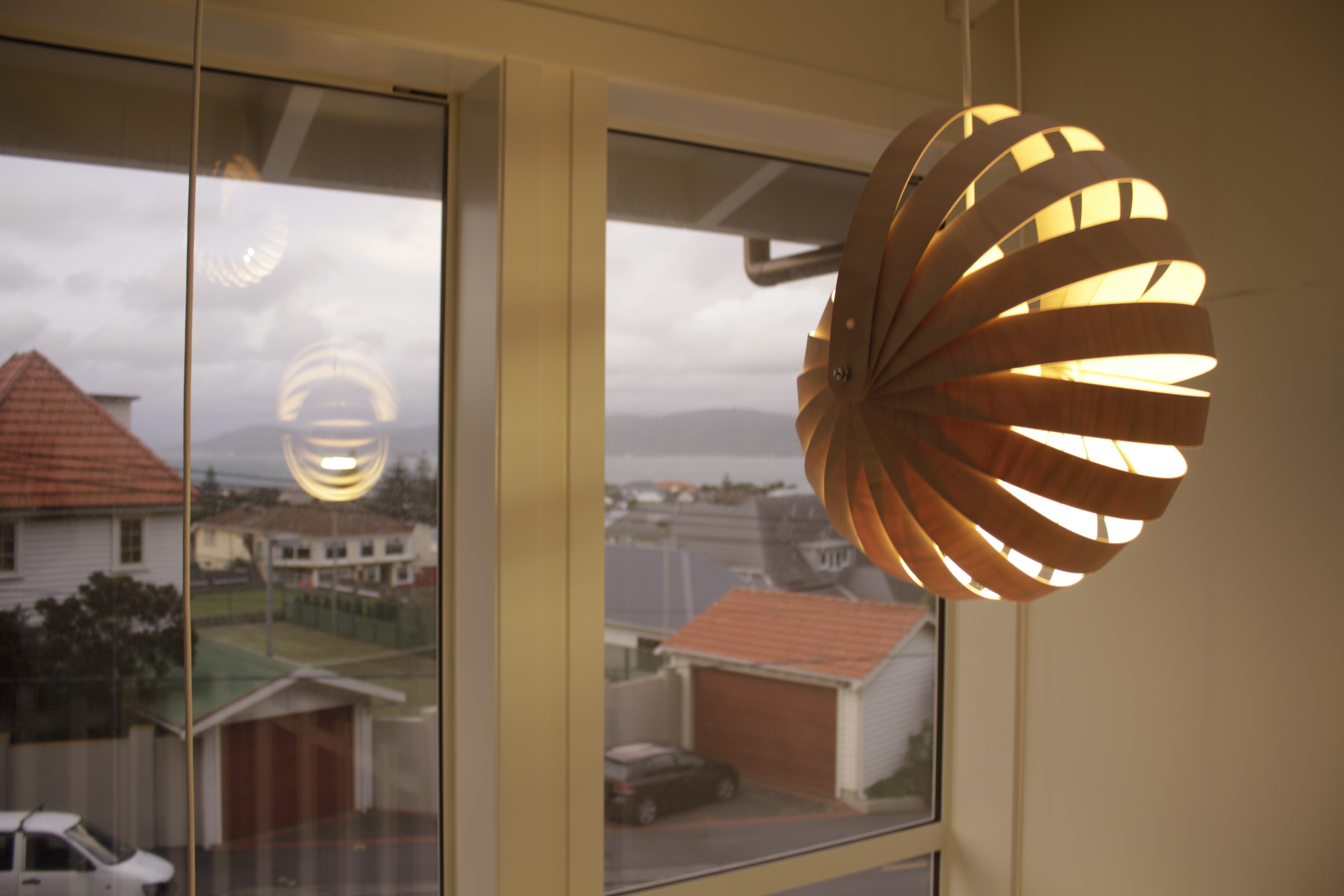
Nectar
Designed by Rebecca Asquith, Nectar provides diffuse glowing light through its honeycombed structure. Available in warm orange and mustard as well as a range of earthy tones, this is another talking point light that will fit into many decorative schemes.
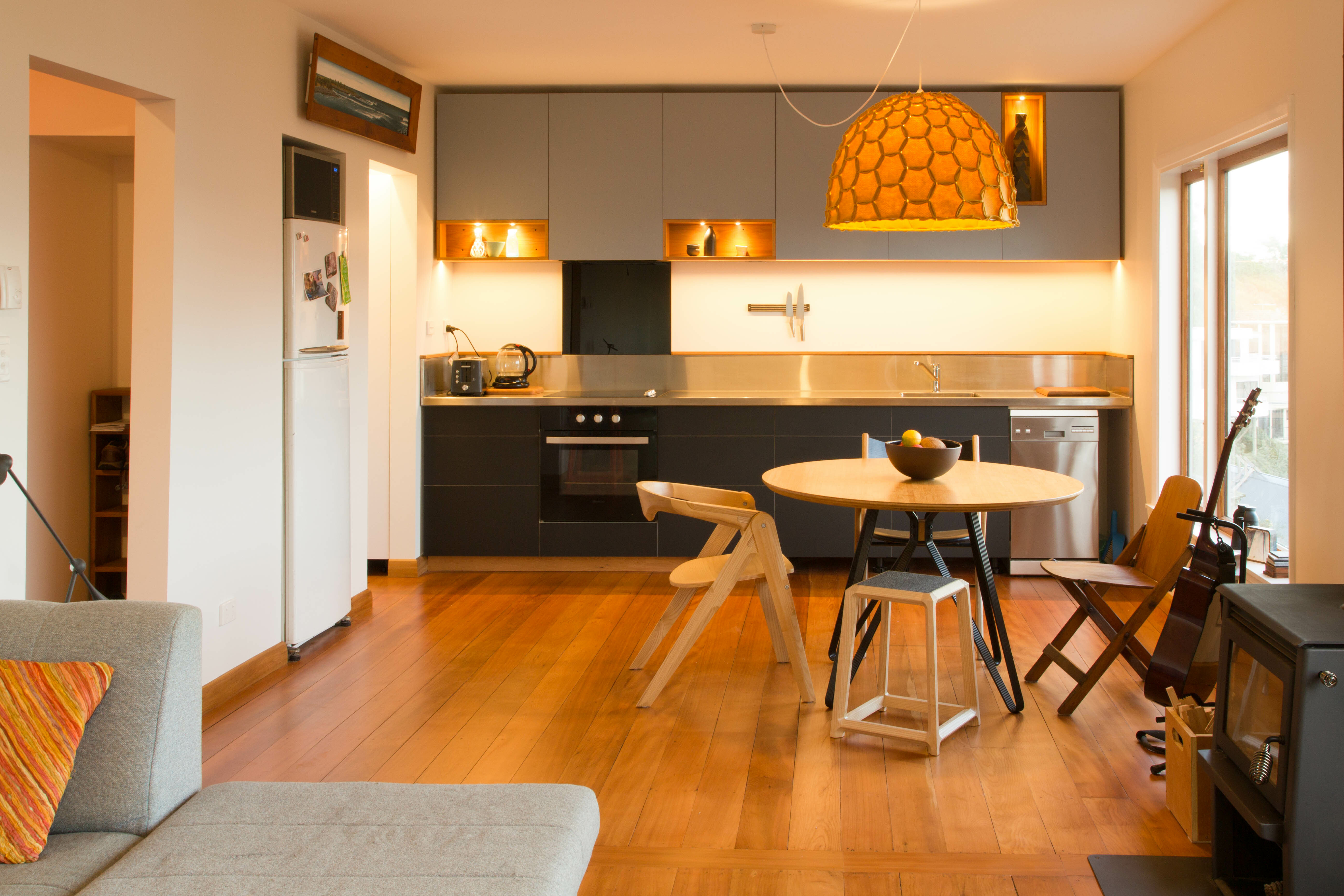
The Punga Light
With a design based on the bark pattern of the New Zealand native punga tree, Punga is another patterned feature light. A beautiful group light fitting it has a slightly more contemporary feel, whilst retaining that biophilic touch.
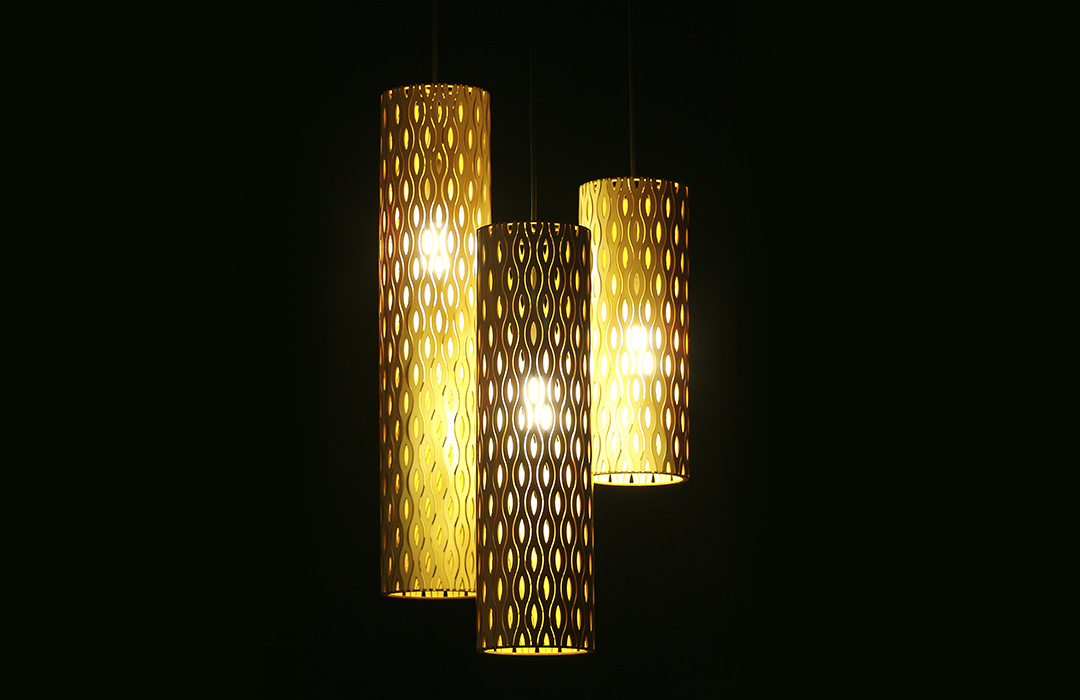
The Beau Light
Another David Trubridge design, cousin to the Hush light, but this time made from timber. A perfect downlight for dining or kitchen areas, it also complements its cousin for when a design narrative is required in your home.
